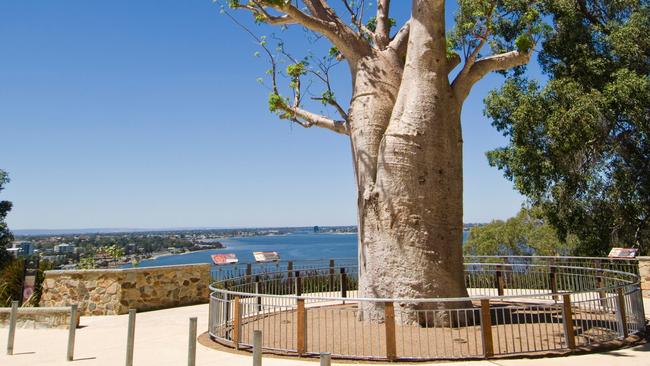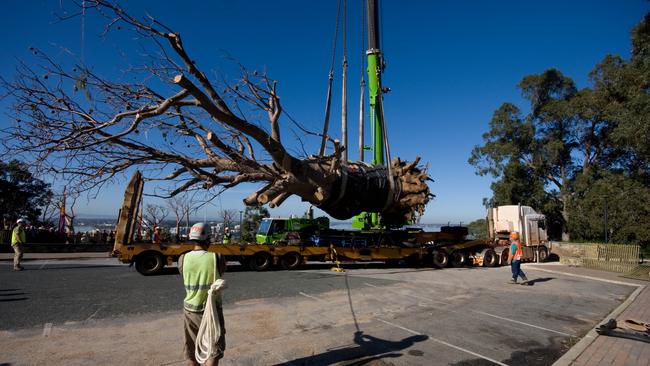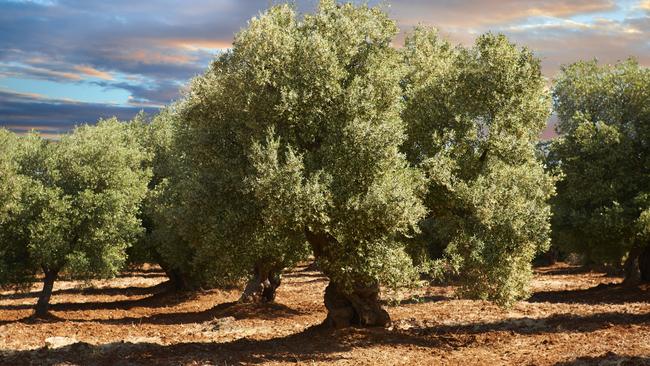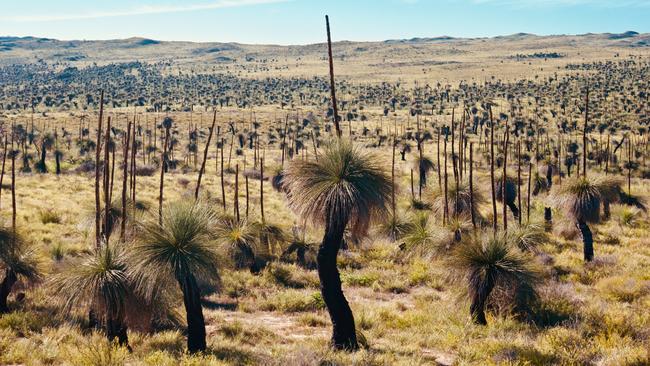Why some plants are born survivors
Some heroic plants can survive drought, fire, even being chopped into pieces.

People often tell me stories about plants that amazed them. The tales I love best are those where plants are the heroic survivors, showing great spirit in the face of adversity, refusing to curl up and die.
A colleague told me about removing a 3m-tall ponytail palm (Beaucarnea recurvata) from his back garden with “brute force and a pick-axe”. He laid the bare, decapitated trunk on its side to use as a makeshift seat and was astonished to find it sprouting new growth a few months later. “I felt sorry for it then,” he confesses. Nine months on, having baked in full sun on pebblecrete, the trunk is still bravely growing shoots. Said colleague is now propagating some of these “pups”, acknowledging a greater force at work. A ponytail palm isn’t really a palm but a member of the agave family; it’s also known as elephant foot tree for the swollen base of its trunk. Like a bottle or boab tree the trunk stores water that – clearly – helps it survive extended dry periods.

The famous giant boab (Adansonia gregorii) named Gija Jumulu at Kings Park and Botanic Garden in Perth was relocated during road-widening works in the Kimberley in 2008. It was a road journey of 3200km for the 14m-tall tree weighing 36 tonnes and estimated to be 750 years old. It had a surprisingly small root system, yet has gone on to thrive in its new home. Similarly, gnarled olive trees in ancient groves in Italy and Spain have been sold for small fortunes and transplanted across the world to adorn the new gardens of the wealthy. These olives survive the savage pruning and shipping extraordinarily well considering they are many hundreds of years old. The loss of heritage has been arrested as France, Italy and Spain started banning the practice. But in a tragic twist, a bacteria named Xylella fastidiosa is now wiping out olive trees in Europe.

Other plants survive being chopped into bits – indeed they multiply this way. Plants that readily reproduce from nothing but sections of bare stem include yuccas, cordylines, dracaenas, column and climbing cactuses and tree dahlias. A friend has a small forest of expensive column cactuses growing from his original specimen. “I butchered it, really,” he grins. “After the cuts callused over I planted them and now they’re growing like the clappers. It’s just amazing the abuse they will put up with.”

Failure to water, fertilise or re-pot seems to bring out the survival instinct of many plants. My dad kept a trailing hoya in the same pot for 40 years and it still flowered every year, bless it. Hoyas don’t mind a small pot but surviving that kind of long-term imprisonment deserves respect.
My favourite survival story is that of the ginkgo or maidenhair tree (Ginkgo biloba), a species that dates back 200m years. Six trees survived the atomic blast at Hiroshima; I was humbled to touch one of these ancient trees less than 2km from ground zero at the Shukkei-en garden, where, bent over from the blast, the 300-year-old specimen regrew into a magnificent, healthy tree. Truly a symbol of hope, endurance and recovery.
Good to know
To check if trees or shrubs are really dead, scrape the bark with your fingernail. If there’s green underneath, there is hope.
After fires, many eucalypts re-sprout from dormant (epicormic) buds deep beneath the thick bark. Others have underground lignotubers that sprout new growth; some banksias have these, too.
Fires stimulate flowering of grass trees (Xanthorrhoea), whose thick trunks do not readily burn. Many wildflowers including ground orchids flourish after fires.
Q&A
I understand soils here are deficient in iodine. How do I know if my soil has enough for my vegetables?Sandra Harvey, Tasmania
Only sophisticated laboratory testing can determine soil iodine levels. Climate, proximity to the coast and underlying geology contribute but other factors include levels of organic matter, soil texture and pH. However, there is no evidence that iodine fulfils any role in plant growth. Studies indicate leaves adsorb more iodine from the atmosphere than roots take from soil. This means leafy vegetables are better sources of dietary iodine than root vegies. Good dietary sources of iodine include seafood, dairy, eggs and bread.
Any tips for getting rid of oxalis?Judith Cornish, Hobart
Oxalis or soursob produces on average 20 bulbils per plant per year, which remain in the soil and spread when disturbed by digging. Smother with cardboard or thick sheets of newspaper covered with mulch. Glyphosate (Roundup, Zero) is most effective when sprayed on young plants before flowering. Persistence is key.
I’ve knocked out the scale insects on my citrus but the sooty mould persists. I tried white oil and a soapy solution, twice, without success. Wally Malanczak, by email
Sooty mould is hard to clean off foliage as it bonds to the sticky honeydew residue of the scale. It eventually flakes or washes off. I’ve had most success with a horticultural soap (Natrasoap) applied before heavy rain. Spraying late in the day also helps the soap remain moist for a longer period.
Send your questions to: helenyoungtwig@gmail.com or Helen Young, PO Box 3098, Willoughby North, NSW 2068. The best question for March wins an Australian-designed Crystal Rain Gauge of marine stainless steel and glass, worth $80. February’s winner is Sarah Childs from Lithgow for her question about bird viruses on fruit.



